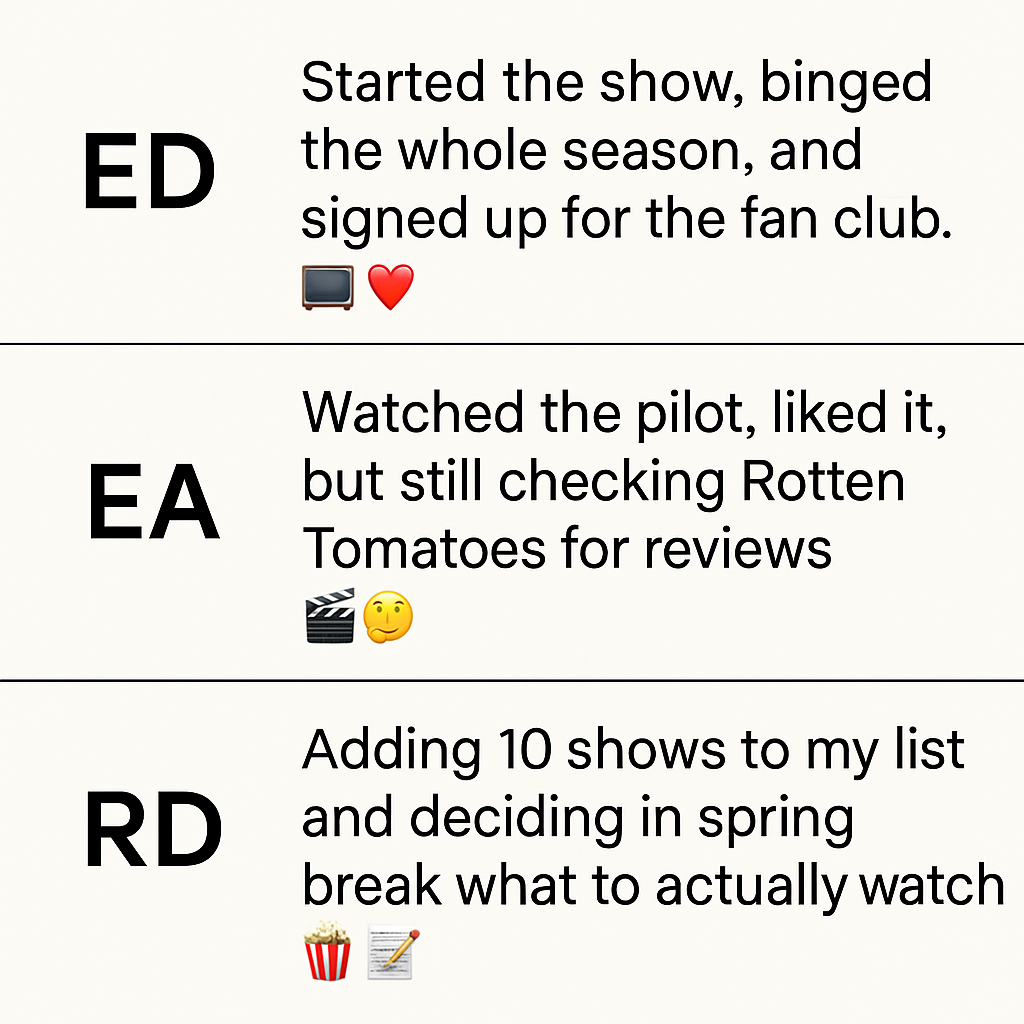🧩 EA, ED, or RD? Decoding the College Decision Alphabet Soup
When it comes to college applications, there's no universal answer to what's best—because every student is different. Whether you should apply Early Action (EA), Early Decision (ED), or stick with Regular Decision (RD) depends on three key things: you, your financial situation, and the schools on your list.
This blog post will guide you through your early application options and help you decide which path might be the right one for you.
What Are My Early Application Options?
Early Decision (ED)
Binding: If you're accepted, you're required to attend and must withdraw all other applications. You can apply ED to only ONE school.
Great for: Students who are absolutely sure of their top-choice school and are ready to commit.
Caution: You won’t be able to compare financial aid offers. Make sure your family is financially ready.
Some schools offer two rounds: ED I and ED II.
Early Action (EA)
Non-binding: You can apply to multiple schools and don’t have to commit if accepted.
Great for: Students who want early results but need flexibility to decide.
Restrictive Early Action (REA)
Also non-binding, but limits where else you can apply early. (Some Ivies and Stanford, for instance, use SCEA—Single Choice Early Action.) Usually, you can’t apply ED or EA to other private schools but can still apply to public universities.
Regular Decision (RD)
Non-binding: Apply to as many schools as you'd like.
Best for: Students who need more time to strengthen their application or want to compare financial aid packages.
Rolling Admissions
Decisions come as applications are reviewed.
Tip: Apply early! Some spots may fill up quickly.
Who Should Apply Early Decision?
Ask yourself:
Am I absolutely in love with this school?
Have I researched it thoroughly and can name at least five reasons it's a great fit?
Can I afford it based on my family’s budget and the Net Price Calculator estimate?
Does my academic profile fit what they typically accept?
Am I a recruited athlete with full support from the coach?
If you can confidently answer yes to all of the above, ED might be right for you.
Why finances matter: ED means you won’t be able to compare offers. It’s a financial commitment as much as an academic one.
Why the school matters: Some colleges fill a large portion of their class through ED and offer a significantly higher acceptance rate in the ED round.
What About Early Action?
EA can be a great option if your application is ready and strong. It offers peace of mind—you might get good news as early as December. But RD might be the better choice if you need more time to:
Improve test scores
Polish your essay
Or boost your grades
📌 Just note: some EA schools might delay financial aid offers until March.
Step-by-Step: How to Decide Between ED, EA, or RD
Self-discovery: Know what you want in a college experience.
Research schools: Make a list that aligns with your goals and values.
Identify fit: Find the school(s) that check all your boxes.
Run the numbers: Use Net Price Calculators to estimate costs.
Talk to your counselor: Their insight—plus knowledge of past student outcomes—can be invaluable.
Check acceptance data: Compare ED vs. RD acceptance rates using reliable tools.
And most importantly: Don’t just apply ED for the acceptance rate boost. Make sure it’s the right fit for who you are and where you want to go.
One Last Thing
Before you commit to applying early anywhere, ask yourself:
Can I say how this college will help me grow and live out my core values?
If the answer is yes, go for it. And if you’re not quite there yet, that’s totally okay. You have time.
Breathe. Stretch. Grab a snack. You've got this. 💪
Your future college is out there. And you’re getting closer every day.


